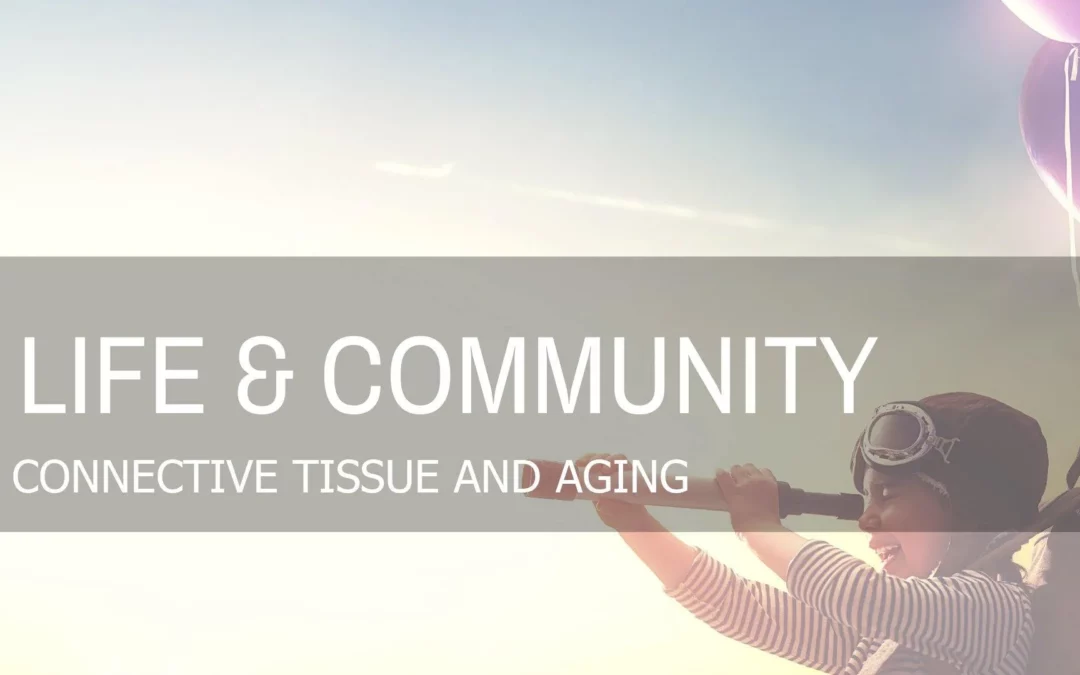What Is Connective Tissue?
Connective tissue is a type of tissue that can be found all over the body which connects and protects other types of tissue, organs, ligaments, blood vessels, and bones as well as providing structural integrity to the body as a whole. It is what gives the skin and muscle tissue plasticity in the form of collagen.
Connective Tissue and Aging
in our 30s and onwards, our cells become less efficient and clogged. This means that waste builds up in our connective tissue adipose tissue, progressively thinning things out, and becoming stiffer and brittle. As such, we slowly lose muscle mass and function in our organs (heart, lungs, kidney) as we age. Lack of physical exercise expedites this process and leads to restriction in the muscle tissues and fascia as well as a higher risk of cardiovascular and metabolic diseases.
What Can We Do About Connective Tissue and Aging?
To combat and slow down the negative effects of aging on the connective tissue, a combination of aerobic and resistance exercise is necessary. Aerobic exercise (running, jogging, walking) helps to strengthen the heart muscles and arteries as well as pump more oxygen into the bloodstream, lower blood pressure, and decrease fat. These things help to prevent disease and slow down the waste buildup in our cells and connective tissue. Additionally, resistance training (body-weight exercises, resistance bands, etc.) helps to slow down the loss of muscle mass caused by aging, which can significantly improve mobility and flexibility. This means that there is a decreased risk of falls and pain issues.
References
https://medlineplus.gov/ency/article/004012.htm
https://www.britannica.com/science/aging-life-process/Changes-in-tissue-and-cell-morphology



